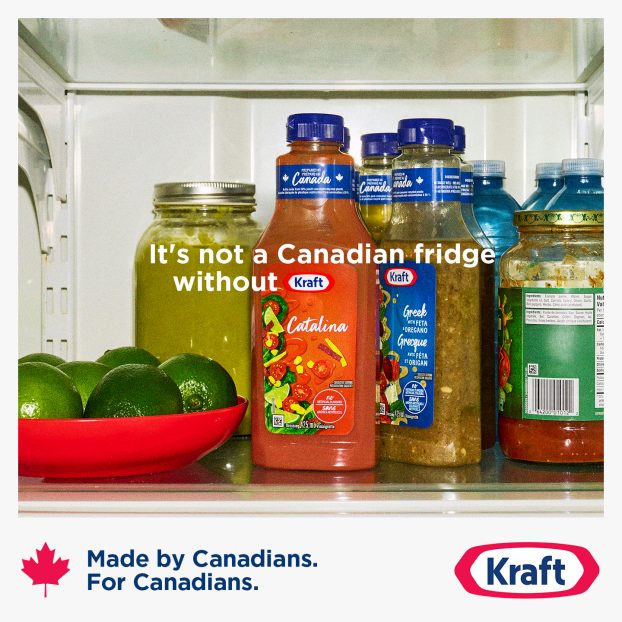‘I waste half the money I spend in advertising, I just don’t know which half.’
-John Wannamaker
19th-century U.S. retailer
Pitch this: A really good-looking dude wanders through a pub, spots two beautiful women at the bar. The barkeep cracks a cold one for the guy who smiles and joins the two women, or perhaps doesn’t (insert joke here)… Name a price, hire some actors, roll cameras, the client loves it, people laugh, new convertible for the SVP, Christmas bonuses for everybody.
It hasn’t been that simple in recent memory. Marketers are asking themselves hard questions about their brands such as, did we increase the brand’s equity, and did we increase purchase intent?
Companies are increasingly devoting a greater portion of marketing spending to below-the-line activity as opposed to their traditional above-the-line media spends.
In fact, some studies suggest that those efforts are on pace to overtake traditional ad spending by a factor of nearly two to one. According to a Merrill Lynch advertising and marketing report published last February, below-the-line marketing dollars tend to be more recession resistant when the results are more measurable and the investment can be substantiated. Furthermore, the report suggests that below-the-line businesses have proven to be less cyclical in nature, and that growth in many categories is good.
It is clear that Labatt is devoting more energy to those below-the-line efforts than it traditionally has. Bob Chant, spokesperson for Labatt, says, ‘retail merchandising has become a more integral part of our marketing mix over [the past decade.] We have become more sophisticated in the way we reach out to our consumers and build the relationship with them.’
Chant cites recent work done on the Bud Light account as a strong example of a fully integrated top-to-bottom program. With heavy retail support, golf balls in-case, P-O-P and sponsored events at a variety of golf courses across the country – all supported by traditional advertising – Labatt was able to get the level of integration it was looking for in conjunction with their sponsorship of the Canadian Skins golf tournament.
What that means, at least in part, is that more and more companies are vying for attention in places where they haven’t before, in individual retail outlets and at special events, investing in technology that allows them to track personnel, training and, most importantly, how effective they are – beyond winning a Palm d’Or.
The challenges for below-the-line marketers include finding ways to energize channels of distribution, routes to market and, naturally, the consumer. Mike Preston, chairman and CEO of Toronto-based Mosaic Group says, ‘Clients are looking for integrated below-the-line solutions, where they don’t have to entertain 13 or 14 providers of services, where they don’t have to train and put the capital and people in place to look after that group.’
‘It’s all about immediate and measurable results,’ says Preston. ‘If the ad agency starts with communications, we start from the other end.’ As such, part of the business involves acting as an outsourced sales and merchandising force.
In the case of Microsoft, for example, Mosaic calls on retail accounts in every jurisdiction it is in, making sure retail and promotional materials are in place and providing their client with feedback and data on standards. As such, Mosaic is part of Microsoft’s supply-chain management system, and they have essentially created new marketing space.
Event marketing is a beast of a seemingly different stripe, though the game appears to have changed there, too. One advantage of these types of marketing initiatives is the cost-effectiveness of targeting a niche audience in an extremely interactive way.
Deborah Weinstein, president of Strategic Objectives, a Toronto-based promotional firm says that with respect to recent efforts with Seagram’s Captain Morgan brand, ‘They decided on Pride week to bring it into Canada. The idea was to get the captain to interface with key consumers of alcohol, which in this particular case would be the gay community, and also to reach out into the mainstream of Canada.’
Weinstein points to the cost-effectiveness of in-store appearances, media interviews, licensing opportunities and other kinds of participatory activities, versus traditional advertising. ‘Compared to a major media buy, it’s a drop in the bucket. In this case the question was, ‘How do you breathe life into an icon who until now has been an animated character?
In other words, you put the captain on a Hummer, add a couple of ‘Morganettes’ and ‘mates’ to keep him company, and you send him on his swashbuckling way through one of Toronto’s high profile cultural events.
With everyone intent on going beyond the image campaign and getting a bit of street attention, it makes grabbing the consumer’s attention a tougher game.
That, in effect, is what brings up the whole issue of immediate and measured results from outsourced service providers. With Pert Plus, for example, Mosaic played off its ‘sink guy,’ who ran around with a sink, washing people’s hair. ‘We took that into store, and created an event with a very specific brand relevance, turning it into a tool by looking at store volumes where you did it, versus where you didn’t. It used to be that retailers put the fun into things. The manufacturer has to take on that challenge now,’ says Preston.
‘We clearly are where they want to spend in these times.’























